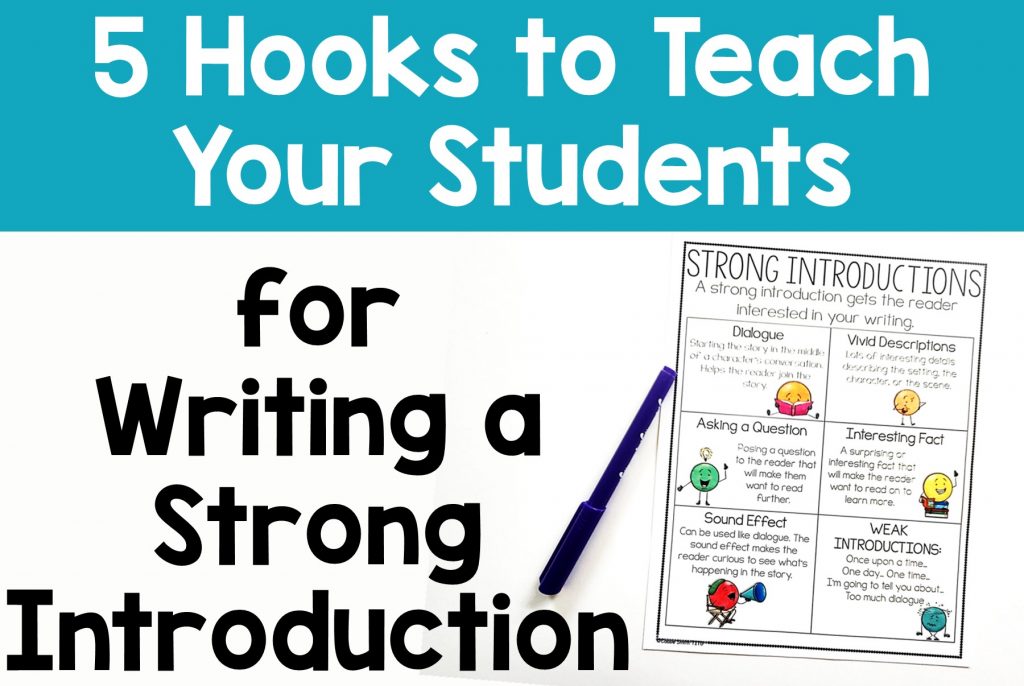Let’s face it—writing can feel like a chore for many students. It’s not that they aren’t capable; it’s often that they aren’t hooked yet. Getting students excited about writing requires more than just assigning essays. It means creating an environment where their creativity can bloom naturally.
Understanding the Mind of Young Writers
Common Fears About Writing
Many students fear that their ideas aren’t good enough. They worry about spelling, grammar, or that their voice won’t matter. These insecurities create a mental roadblock before they even start.
Overcoming the “Blank Page” Syndrome
That blinking cursor on an empty page? It’s intimidating! Start them off with simple prompts or half-finished sentences. Give them something to grab onto instead of asking them to dive into the deep end.
Creating a Positive Writing Environment
Encouragement Over Criticism
Positive feedback fuels motivation. Correct mistakes gently but focus mainly on what they did well. It’s about growing confidence first and polishing skills second.
Celebrate Small Wins
Finished a paragraph? That’s a win. Used a new word correctly? Another win! Recognizing progress keeps students energized and moving forward.

Making Writing Fun and Relatable
Use Topics They Care About
Ask them what fires them up—sports, video games, TikTok trends—and weave writing assignments around those passions. If it matters to them, they’ll want to write about it.
Incorporate Pop Culture and Current Events
Using pop culture references or trending topics helps writing feel more connected to their real lives. Why not have them write an article predicting the next viral trend?
Gamify the Writing Process
Writing Challenges and Competitions
Turn writing into a friendly competition. Who can write the funniest story? Who can invent the wildest character? Rewards and badges can sweeten the deal.
Storytelling Games and Apps
Apps like “Story Cubes” or online platforms with creative prompts can make writing feel more like playing a game than completing an assignment.
Personalize the Writing Experience
Let Students Choose Their Own Topics
Whenever possible, offer choices. Students are far more invested when they pick what they write about.
Allow Creative Formats
Poetry, scripts, letters, graphic novels—writing doesn’t have to mean essays. Variety is the spice of writing life!
Modeling Good Writing
Share Examples of Great Writing
Showcase writing that’s vivid and exciting. Choose stories that pop off the page and make students think, “I want to write like that!”
Write Alongside Your Students
Nothing shows that writing is valuable like a teacher who writes too. Share your struggles and triumphs; it humanizes the process.
Integrating Technology into Writing
Blogging Platforms for Students
Setting up class blogs where students can post their pieces makes writing feel real—and the idea of an audience is a strong motivator.
Podcast Scripts and Social Media Writing
Let students write scripts for podcasts or practice composing engaging Instagram captions. It’s all writing—and it’s all relevant.
Building a Community of Writers
Peer Review and Feedback Circles
Students learn a lot from each other. Organize regular peer reviews where feedback is kind, specific, and encouraging.
Group Writing Projects
Collaborative projects tap into teamwork skills and make writing less solitary. Try co-writing stories or creating class magazines.
Encouraging Reflective Writing
Journaling and Personal Essays
Daily journals or reflection pieces build emotional intelligence and create safe spaces for students to find their voice.
Writing About Their Own Experiences
Personal narratives connect students to their work on a deep level. Everyone has a story worth telling.
Providing Clear Purpose and Audience
Write for Real Readers
Give them real-world writing tasks—letters to local newspapers, articles for the school website, or opinion pieces on community issues.
Publish Student Work
Seeing their work in print (even if it’s a class newsletter) builds immense pride and a sense of achievement.
Emphasizing the Power of Storytelling
Teach Narrative Techniques
Teach pacing, character development, and dialogue. Once students grasp storytelling tools, writing feels like an adventure.
Connect Storytelling to Everyday Life
We tell stories every day—recounting a funny thing that happened, explaining a weird dream. Show students that writing is just formalized storytelling.
Supporting Growth Mindset in Writing
Mistakes Are Part of the Process
Normalize mistakes. Writing is messy, editing is normal, and nobody gets it perfect the first time. It’s all part of growing.
Setting Personalized Writing Goals
Help students set achievable goals like “use more descriptive words” or “write for five minutes without stopping.” Little steps lead to big progress.
Conclusion
Hooking students on writing isn’t about following a one-size-fits-all formula. It’s about meeting them where they are, lighting a spark of interest, and nurturing their confidence. By creating a supportive environment, offering relatable content, and making the writing process fun and rewarding, we turn reluctant writers into passionate storytellers.

